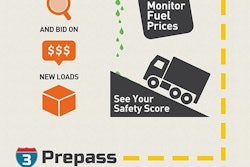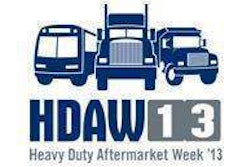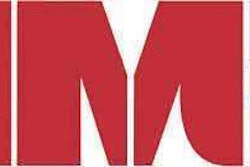Six months ago, we discussed in this space a scary situation for many fleets, especially those engaged in freight transportation: Aging and depreciating equipment they could not afford to either replace or operate profitably or replace. (See “The rolling dead?” January 2013.)
Our focus was the long-term threat to a segment of your customer base, although we did touch briefly on a near-term silver lining for you: The increased parts and service needs for older trucks.
For a couple of months this winter it appeared that rising diesel prices might trigger a cash crunch that would finally force many of these trucking companies out of business. But the run-up in diesel was neither high enough nor fast enough to have much effect, so it appears that many carriers may simply fade away as they can’t get financing to replace obsolete trucks.
Most of the fleets in this predicament are small, which makes sense for several reasons, including the fact that most fleets in the market are small. At least in the short run, the overall financial picture doesn’t look good for these fleets — at least not small for-hire truckload carriers.
Speaking at last month’s CCJ Spring Symposium in Birmingham, Ala., American Trucking Associations Chief Economist Bob Costello noted that loads were up year over year in the first quarter of 2013 for all segments except dry van, which was down 3.5 percent. But loads for small truckload carriers — those with less than $30 million in annual revenue — were down 13.4 percent.
Despite their financial challenges, a modest rebound in freight demand still led to a 1 percent year-over-year increase in capacity for these carriers in the first quarter, ATA says.
Still, capacity in this segment — the number of tractors for both company and independent contractor trucks — remains 8.3 percent lower than at the beginning of the recession in December 2007. Capacity at large truckload carriers is still down as well, but only by 5 percent.
You would think that because smaller carriers lack the resources to replace trucks, any capacity growth would come from adding owner-operators. In fact, quite the contrary is happening, Costello says.
According to ATA figures, large truckload carriers have increased their total driver count — company and owner-operator equipment — by about 0.4 percent since the beginning of 2012. That reflects a 0.5 percent increase in company drivers and a 0.2 percent decrease in independent contractor drivers.
The breakdown for small truckload carriers is quite different. The overall increase in the driver force since January 2012 has been 0.1 percent (surprisingly below the 1 percent growth in tractors). But the number of company drivers is up 6.5 percent while the number of independent contractor drivers is down 6.3 percent.
Costello acknowledges these figures run counter to conventional wisdom. He believes that small carriers are having trouble competing with larger carriers for owner-operators — especially those who might be looking for assistance in financing a truck.
Large truckload carriers haven’t added owner-operators either on a net basis, but they have basically held steady by stealing them from small carriers.
Why does this matter to you?
It means that small fleets are, despite their challenges, increasingly rich targets for parts and repair sales. Not only are they operating older, non-warranty equipment, but they are increasingly operating company equipment — trucks they own and must maintain.
Meanwhile, many larger fleets are trying to shift capacity to independent contractors who make their own purchasing decisions. A big fleet is hardly a good customer if it doesn’t buy parts.









